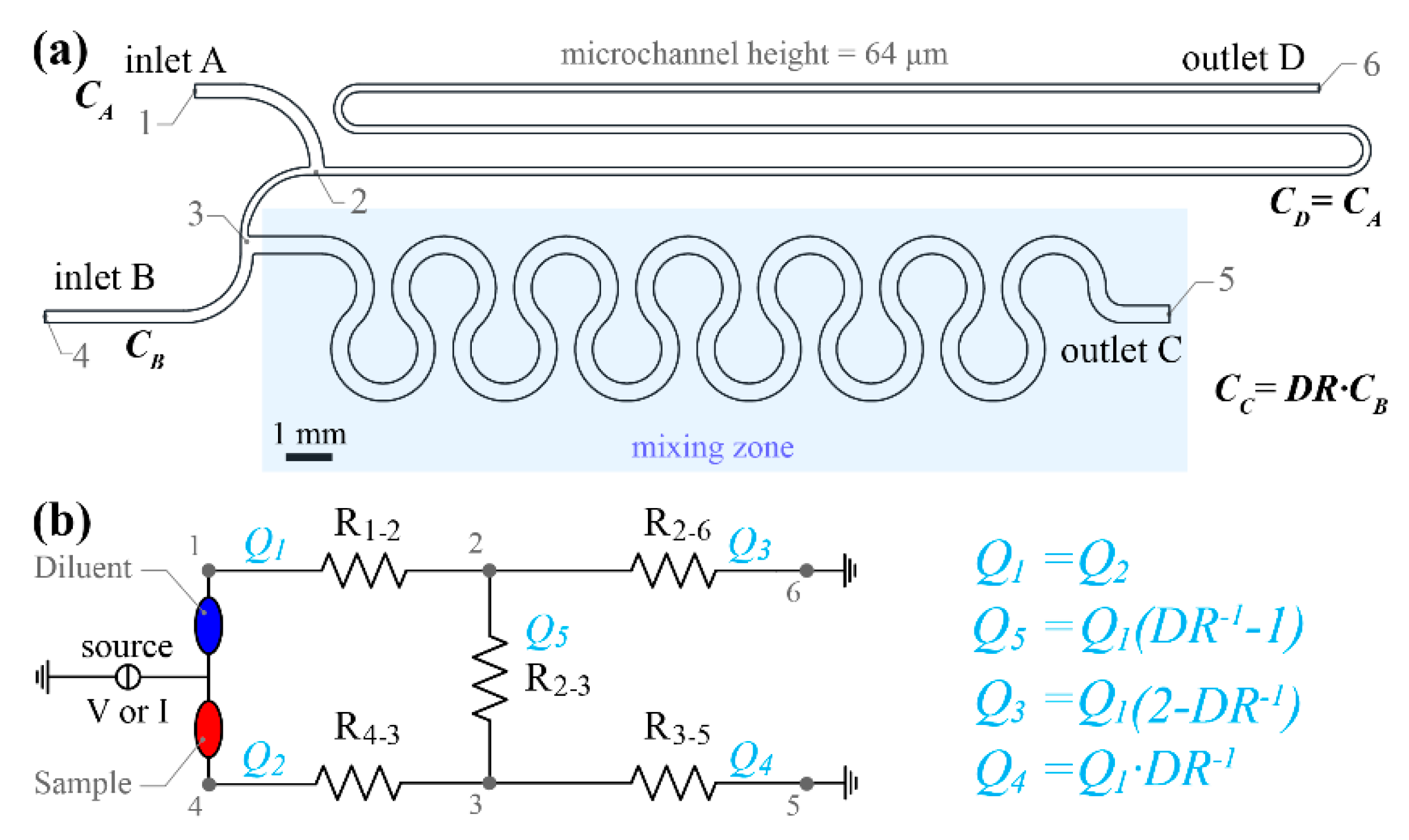Serial Dilution Sources Of Error In Measurement Physics

Apr 27, 2018 - You can use serial dilutions of a solution of known concentration to calibrate. Standards for your lab equipment means measuring out a solution of. The absolute size of the error in each standard becomes smaller. A serial dilution is a series of sequential dilutions used to reduce a dense culture of cells to a more usable concentration. The easiest method is to make a series of 1 in 10 dilutions.
Constant errors can, however, be identified and eliminated in various ways. If you compare your own experimental results with other results obtained by someone else using a different procedure or different equipment, you may find that a constant error becomes apparent. Similarly, you may find that adjusting, or calibrating, your procedure or equipment or both is necessary to produce the desired result. Under certain conditions, a measuring instrument itself may alter the physical quantity that it is intended to measure.
If you connect a voltmeter -- a device for measuring the potential difference between two points -- to a circuit carrying low current or high voltage, the voltmeter itself becomes a major component of the circuit and affects the voltage measurement. Note the difference between a precise measurement and an accurate measurement. An instrument or vessel with incorrect divisions, or graduations, on its measuring scale will provide a precise measurement, but one with a constant error caused by the inaccuracy of the graduations. Blank posescheniya uroka psihologom. This type of constant error can be eliminated by carrying out your experimental procedure on a reference quantity -- for which the accurate result is already known -- and applying any necessary correction to unknown quantities. Certain types of measuring equipment including ammeters, voltmeters, stop watches and thermometers may suffer from a specific type of constant error known as a “zero error.” An ammeter -- a device for measuring electrical current in amperes -- should theoretically read exactly zero when no current if flowing; in practice, though, the device may read slightly higher or lower. This type of constant error is straightforward to correct because even if the equipment cannot be reset to zero, the zero error can be added to or subtracted from any subsequent measurements.